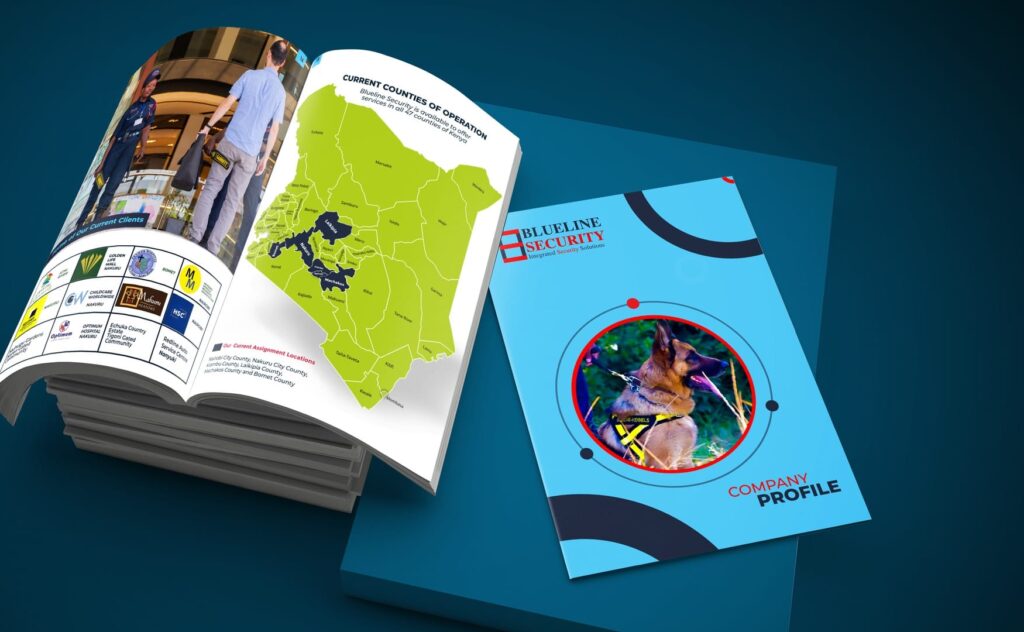Small and Medium Enterprises (SMEs) remain the engine of Kenya’s economy. They create jobs, drive innovation, and contribute significantly to national growth. Yet, many of these businesses continue to struggle with limited access to the financial support they need to expand.
The challenge for financial institutions is no longer about product availability but about connection. Despite offering a wide range of financial services, many firms fail to reach SMEs effectively because their digital marketing strategies are not aligned with how this audience behaves and makes decisions.
Today’s SME owner is digitally aware and self-directed. They search online before they apply for a loan. They compare offers, read reviews, and study social media pages to assess credibility. For financial firms to remain competitive, their marketing must reflect this shift in behavior.
1. Understanding the SME Mindset
The modern SME entrepreneur is digitally active but highly selective. They value clarity, speed, and credibility above everything else. They expect solutions that are contextual and easy to understand.
Financial institutions that continue to rely on generic, product-first advertising are missing the mark. SMEs are not convinced by taglines or interest rate campaigns. They are persuaded by clear communication that demonstrates how financial products help them grow and solve real business challenges.
To connect meaningfully, financial brands must stop focusing on what they sell and start showing how they empower entrepreneurs.
2. Where Most Financial Firms Go Wrong
Even with increased digital budgets, many financial firms fall into predictable traps:
- Generic messaging: Campaigns focus on product features rather than addressing SME challenges.
- Inconsistent presence: A strong website but inactive social media channels erode trust.
- Poor measurement: Digital campaigns often run without clear metrics to track ROI or conversions.
The outcome is visibility without engagement. Financial firms gain awareness but fail to build credibility. SMEs notice when a brand markets products instead of offering value.
3. The Digital Framework That Works
Capturing SME attention requires a digital strategy that integrates visibility, engagement, and conversion.
a. Local Search Optimization (SEO): When SMEs search for “business loans in Kenya,” your institution should appear first. A localized SEO approach, supported by a well-optimized Google Business Profile, ensures that your brand is discoverable.
b. Intent-Based Content: Educational blogs, explainer videos, and simple funding guides help SMEs understand how financial solutions fit their needs. Informative content builds trust more effectively than traditional advertising.
c. Targeted Paid Campaigns: Precision matters. Data-driven ads on Google and Meta focused on SME pain points such as working capital or asset financing generate more qualified leads.
d. Conversion-Ready Websites: A website should serve as a lead generation hub. Simple application forms, clear calls-to-action, and automated responses increase engagement and improve conversion rates.
e. Marketing Automation and Retargeting: Automated follow-ups through email or WhatsApp reminders nurture warm leads and enhance customer retention.
4. The ROI of Strategic Digital Transformation
For financial firms, SME-focused digital marketing is not a cost but a measurable investment. Structured digital strategies are delivering clear results: lower acquisition costs, better-quality leads, and stronger customer loyalty.
At Carlstic, we have seen financial institutions that adopt integrated digital frameworks achieve higher engagement and noticeable improvements in lead quality within months.
This success comes from aligning marketing strategy with what SMEs value most: relevance, credibility, and speed.
5. From Awareness to Relationship
The future of financial marketing is built on trust. SMEs no longer seek the loudest brand; they seek the most dependable one.
Financial institutions must move beyond campaigns and build long-term digital relationships that educate, engage, and convert. Marketing that focuses on connection, not promotion, creates partnerships that last.







